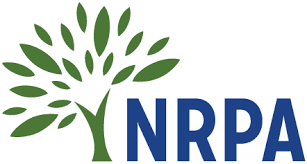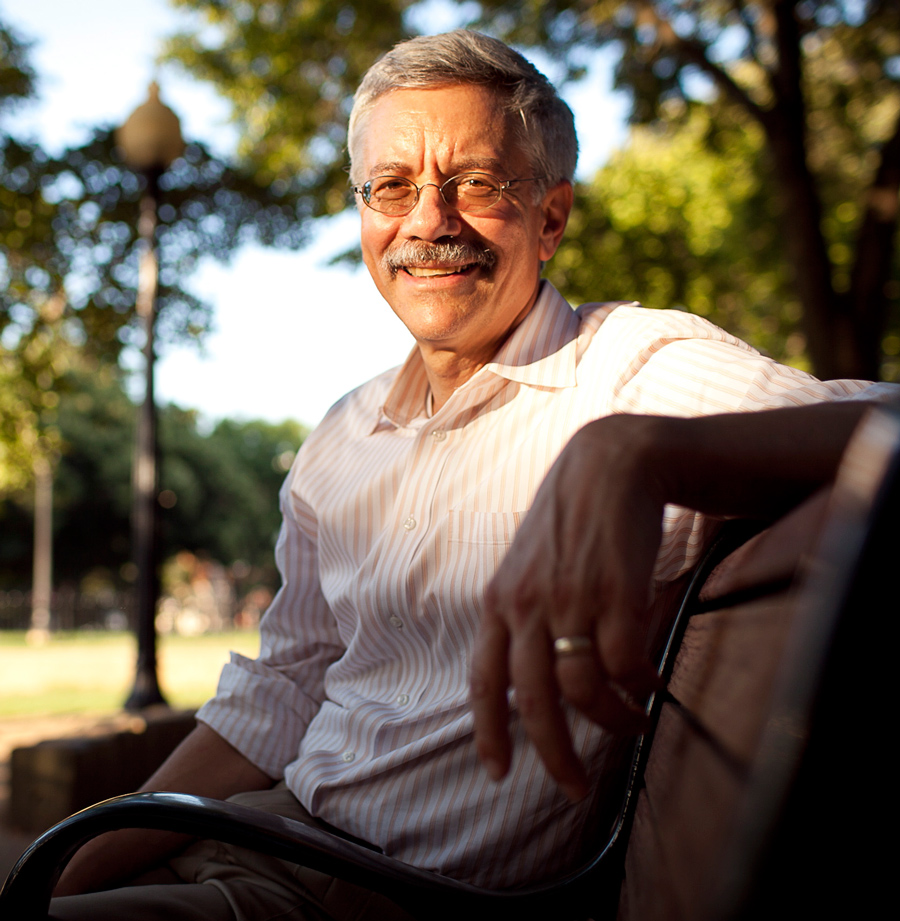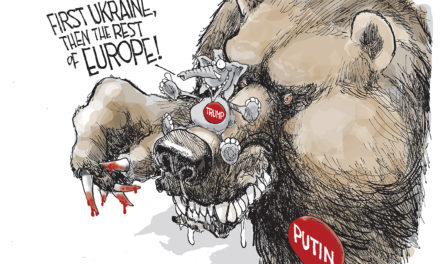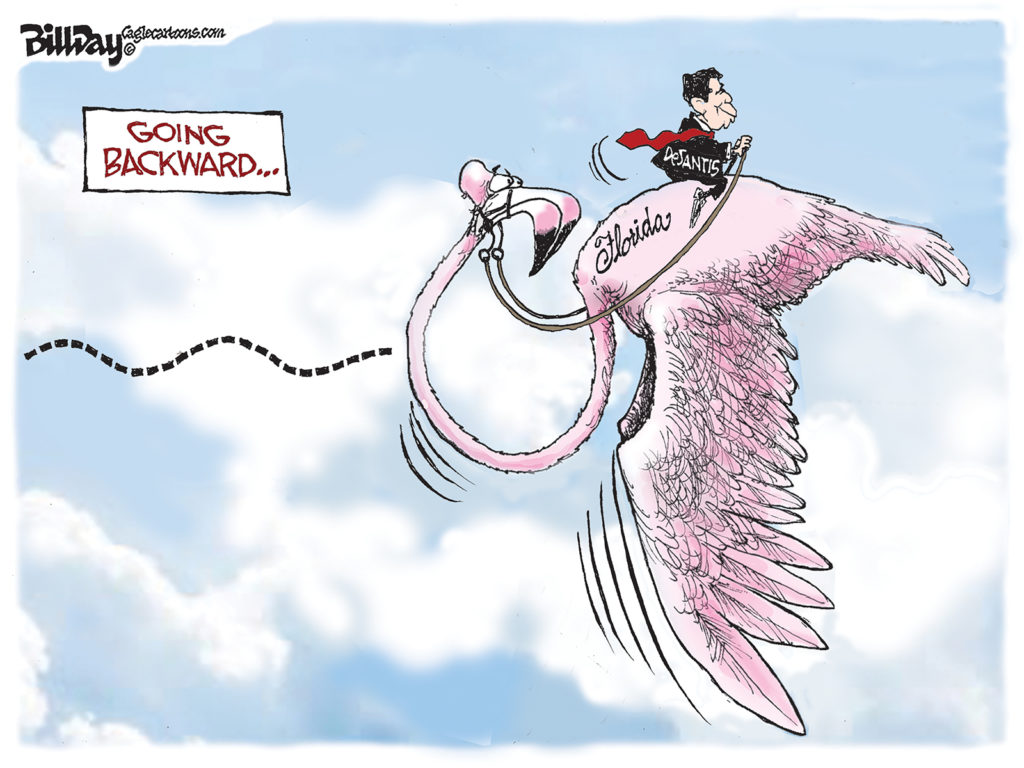Thumbnail: Park roads are being closed in cities across America. Peter Harnik hopes they stay that way and that includes Riverside Drive as he wrote in an article in the monthly magazine of National Recreation and Park Association. Mr. Harnik is co-founder of City Parks Alliance, co-founder of the Rails-to-Trails Conservancy, founder of the Center for Park Excellence at the Trust for Public Land, author of Urban Green and Inside City Parks, and creator of ParkScore for rating park systems across America. He has also worked in Memphis, advising Shelby Farms Park in its earliest days and writing a report on the Memphis park system. As I wrote in a post interviewing him in 2016, if you are looking to talk to the smartest person about city parks in the U.S., he is that person.
If you sat for one hour by the side of the road in Washington, D.C.’s Rock Creek Park at 5 p.m. on Tuesday, September 1, 2020, you would have been passed by a total of 904 bicyclists, runners, walkers and skaters, and 11 dogs.
This was a regular, unprogrammed evening during the coronavirus (COVID-19) pandemic. The park visitors were enjoying nature, getting exercise, maintaining a physical distance, and escaping the confinement of their houses and apartments. They were being counted as part of a rare, formal study of park usership. They were counted on a roadway that had been cleared of cars for the duration of the virus emergency.
On a normal Tuesday evening prior to the pandemic, the number of human users along that roadway would have been approximately zero. Before COVID-19, Upper Beach Drive was a commuter thoroughfare on weekdays. Even strong cyclists were reluctant to risk the traffic on the narrow, winding road, and others didn’t even consider it.
At nearly 2,000 acres, Rock Creek Park is the nation’s capital’s largest park. It is used nearly 12 million times every year. Unfortunately, according to a 1997 National Park Service (NPS) analysis, those visits consist of 2 million for recreation and more than 9 million for non-recreation, defined as “visits primarily [involving] the use of park roads to travel between destinations outside the park.” Because of this, for more than a half-century, the park has been the scene of a struggle over the appropriate level of auto traffic among the trees, fields and streams.
The COVID-19 shutdown was the impetus for NPS’ experimental weekday traffic limits on Upper Beach Drive.
“We pointed out that this was an unprecedented opportunity to measure what happens there without cars,” says Jim McCarthy, one of the leaders of the People’s Alliance for Rock Creek (PARC), a recreation and conservation advocacy group. “[NPS] said they liked the idea but didn’t have enough staff to do it themselves. We said, ‘How about if we do the count?’ They said, ‘Sure!’”
After getting advice from transportation modelers, PARC designed a counting protocol to take place at three locations during five-time slots, three days of the week and four weeks of the year, and put out a call for volunteers.
“I was the pessimist,” Rick Morgan, another PARC leader, reminisces. “I figured that three of us would have to do the whole job.” But within a couple of days, 72 people had signed up. “Washingtonians really love our park!” laughs a relieved Morgan.
Most of the volunteers signed up for one or two hours. Some took a once-a-week slot. The most enthusiastic, a retiree from bike-friendly Netherlands, sat with his pen and pad (and mask) for a remarkable 20 hours during the four-week test.
The results were astounding, with more than 28,000 persons counted over 163 hours. Almost two-thirds of them were bicyclists, the rest split between walkers, runners, a generous smattering of dogs, and even one cat and one bird (riding on a shoulder).
“To say there is pent-up demand is an understatement,” says McCarthy. “We even counted the mayor going by on her bike.”
Other cities also have tried removing vehicle traffic from parks to create safe spaces for people to recreate during the pandemic. Philadelphia banned cars on four miles of Martin Luther King Jr. Parkway in West Fairmount Park. New York, famous for car-free Central Park in Manhattan and Prospect Park in Brooklyn, expanded the program to Queens with Forest Park and Astoria Park. Parks in Berkeley, California, and Denver, also have closed to traffic.
“For us, it’s more than just banning cars to get extra roadway space,” explains Scott Gilmore, deputy executive director of Denver Parks and Recreation Department. “Since our city message right now is ‘It’s Safer at Home,’ we’ve also closed many parking lots in our destination parks. We want to discourage people from driving across town to the big parks and mingling too closely. Nearly everyone in Denver lives close to a neighborhood park, so our road and parking lot closures are aimed at promoting local use.”
In New York, Forest Park Administrator Portia Dyrenforth says, “Here, we don’t use the word ‘closed.’ We call them ‘Open Streets.’ Forest Park Drive is so popular that weekdays are now like weekends, and weekends are now like holidays.” Whether anecdotally or through hard counts, all the cities report roadway usership increase.
During normal years in auto-indulgent Memphis, Tennessee, a four-lane parkway alongside Tom Lee Park overlooking the Mississippi River is car-dominated from June through April. In 2020, when COVID-19 shut down the region’s commerce and thousands of Memphians rallied to the riverfront for camaraderie, Mayor Jim Strickland feared a spike in infections from too much crowding. In response, the city closed all the parking lots in Tom Lee Park, as well as all lanes of Riverside Drive. The result was unexpected.
“We found that when the roadway was closed to cars, people flocked to it, but now there was twice as much space,” says Nick Oyler, bikeway and pedestrian program manager for the city. “In fact, there were as many people choosing to bike and walk on the street as in the park itself. Not only was the wide roadway easier for social distancing, but the surface was also better for bikes, scooters and skaters.”
The big question is: What will happen in all these parks post-COVID-19? Some assume the closures will end and things will revert to the old ways. A few cities, including New York, have indicated that some of the car-free experiments will likely become permanent, partly because of public support and partly because of cost savings. For most, the decision still hangs in the balance.
In Washington, PARC’s McCarthy says, “We definitely think we’ve made the case for keeping Upper Beach Drive closed to cars on weekdays.”
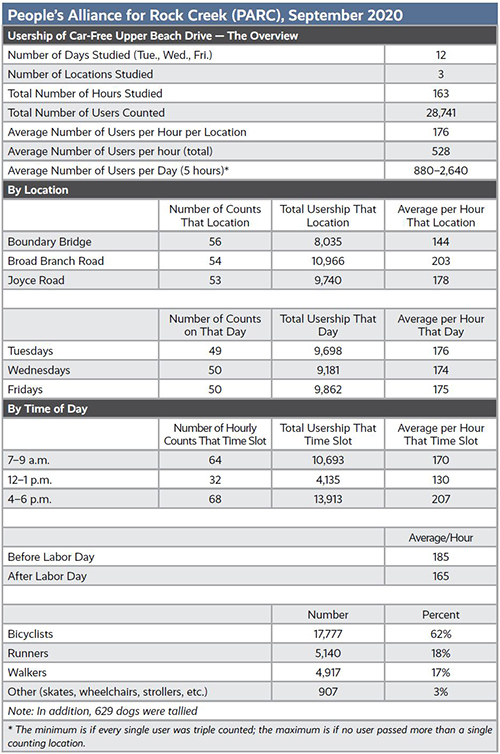
Peter Harnik is Founder of the Center for Park Excellence at The Trust for Public Land.

